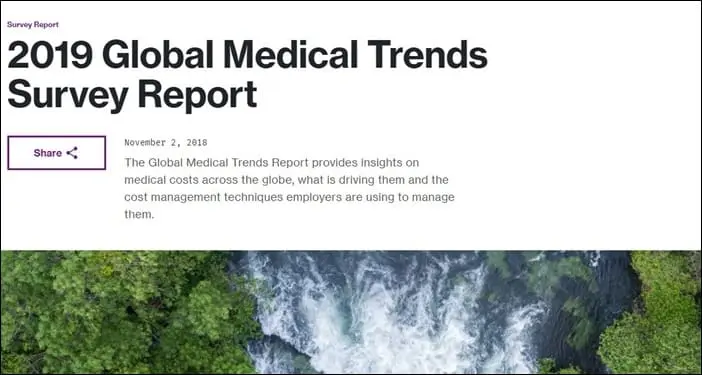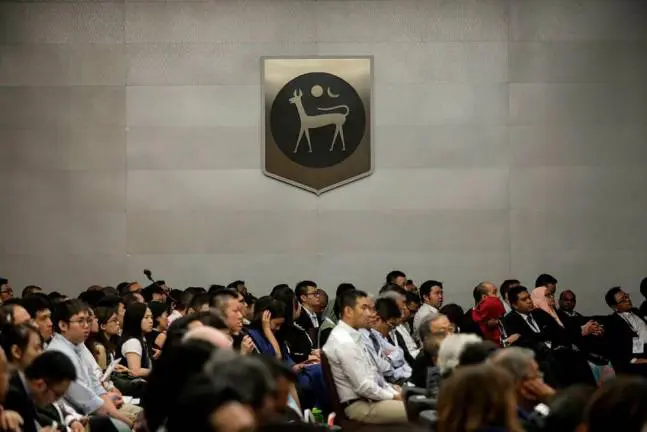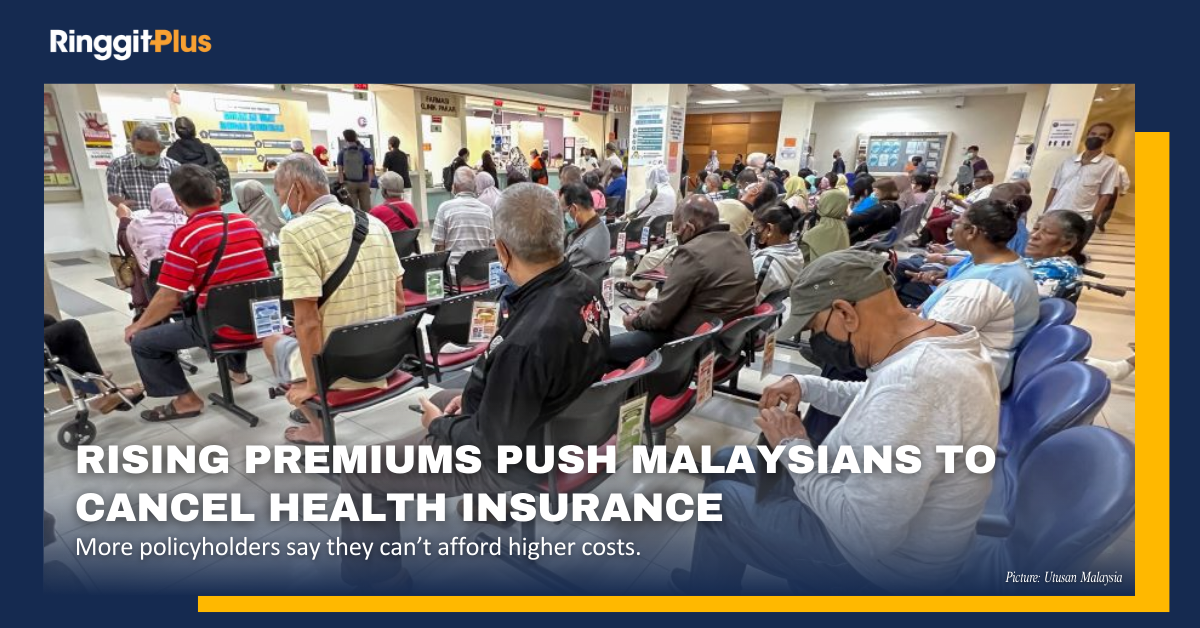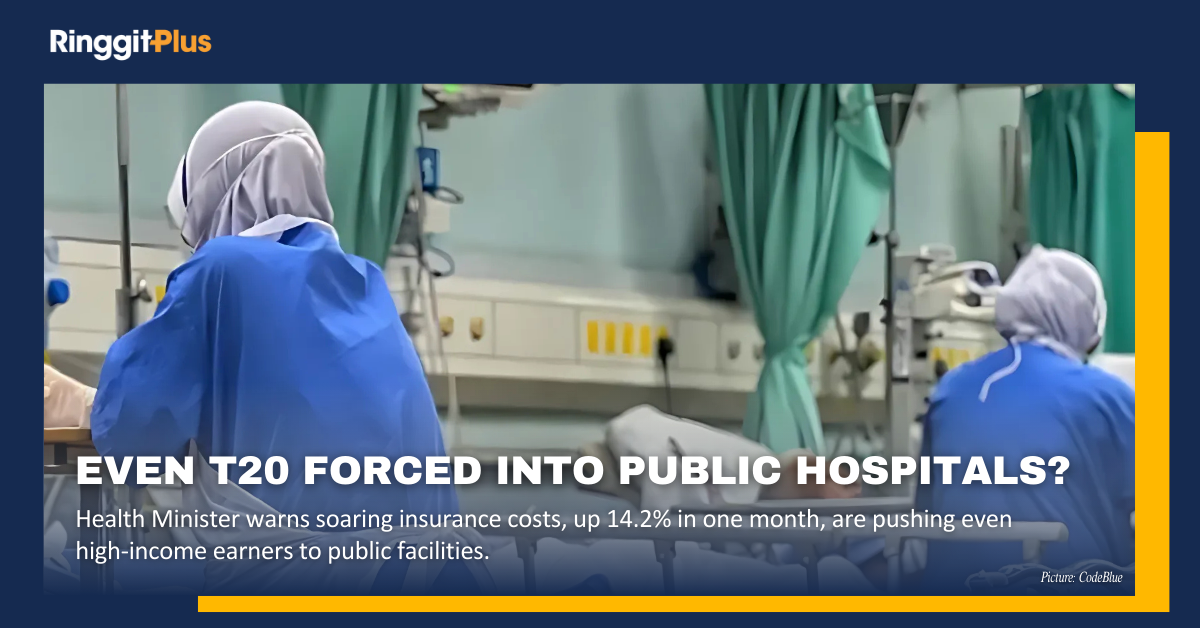Alex Cheong Pui Yin
2nd October 2020 - 4 min read

(Image: The Star)
The chief executive officer of the Life Insurance Association of Malaysia (LIAM), Mark O’Dell has noted that medical insurance premiums in Malaysia have been growing at an unsustainable rate in recent years. Consequently, this could make such plans unaffordable for many people, including consumers in the middle-income group.
In a report by The Edge Markets, O’Dell highlighted that medical insurance premiums have been increasing at an annual rate of 6% to 8% over the past few years, and that LIAM is actively investigating the situation. “We need to be aware of those drivers that contribute to higher medical insurance premiums and try to take the right actions moving forward,” he said.

One reason pinpointed for the rising premiums is the high medical costs in the country, which was underscored in the 2019 Global Medical Trends Survey Report conducted by Willis Towers Watson, a global advisory, broking, and solutions company. In the report, Malaysia ranked second out of 13 Asian countries in terms of medical costs.
The report also noted that medical costs in Malaysia had increased by 13.1% in 2019, caused chiefly by the availability and adoption of new medical technologies and equipment. Other Asian countries that saw spikes in their medical costs as well include Vietnam (16.3%), the Philippines (11.5%), Indonesia (10.8%), and China (10.7%).

O’Dell emphasised, however, that high medical costs is only one of many reasons for the high medical insurance premiums, and that it is a broader issue. “It has to do with the design of these medical insurance plans or particular hospital charges, which include consultation fees, hospitalisation fees, the cost of operating theatre, and more. There are many components to it,” he said. He added that LIAM intends to work with other stakeholders to address these issues, namely the insurers, Ministry of Health, private healthcare service providers, and medical insurance policyholders.
One effort that has been carried out thus far is the setting up of the Medical Cost Containment Task Force (MCCTF) in 2019, established by LIAM, General Insurance Association of Malaysia (PIAM), Malaysian Takaful Association (MTA), and Bank Negara Malaysia (BNM). The taskforce was charged to conduct an independent study on the key drivers of increasing medical insurance premiums, with the results scheduled to be revealed later this year.

(Image: The Sun Daily)
O’Dell further stressed that the issue of escalating premiums is not problem specific only to Malaysia. For instance, Singapore had moved to implement several solutions for a similar situation last year, one of which is the introduction of co-insurance plans. Such plans allow policyholders to pay a lower medical insurance premium by setting a fixed percentage for medical costs in their claims.
O’Dell said that the MCCTF may propose a similar solution for Malaysia, noting that while co-insurance plans are not new within the country, there are very few choices in the market. “We are not talking about a large amount of cost sharing by policyholders. It could be RM500 or 5% to 10% of the bill with a maximum cap. It does not need to be burdensome to policyholders. I would personally buy such a product if the premium is attractive,” he explained.

(Image: Malay Mail/Firdaus Latif)
Aside from addressing the issue of rising medical insurance premiums, O’Dell also highlighted that as of 2 September 2020, more than a million Malaysians – out of 13 million policyholders in the country – had opted to defer their life insurance premium payments. This is in reference to a relief measure that was announced earlier this year, allowing policyholders to defer the payment of life insurance premiums and family takaful contributions for three months. “The total amount of premium payments being deferred is more than a billion ringgit,” he said.
Additionally, O’Dell discussed the country’s stagnant 54% insurance penetration rate, specifically among the lower-income group. He said that the key reason for the low number lies in the B40 group, whose income is only sufficient to cover their daily expenses. LIAM hopes to increase the rate to 75%, and is working with MTA and BNM to find ways to do so. This includes exploring different distribution channels for the B40 group, instead of relying solely on agents.
(Source: The Edge Markets)









Comments (1)
I want my money